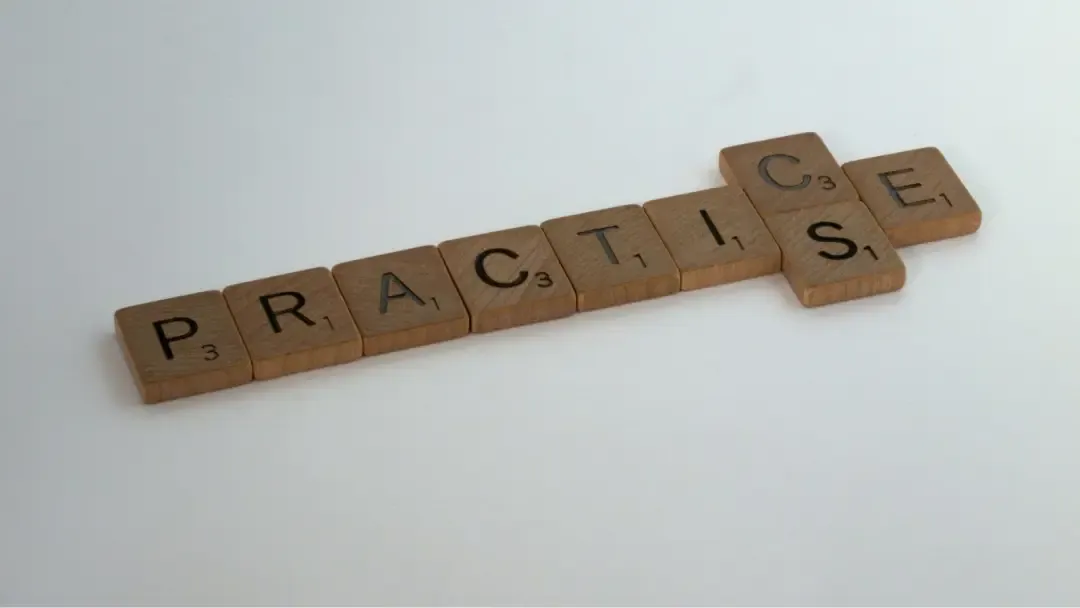A Complete Guide on Human Transcription Service
November 2022
·
6 min read

Humans have been keeping records of spoken words for centuries. Converting speech to written text has always been an important aspect of human lives. Whatever the matter was back then, this process was done for the purpose of record keeping.
From your favorite site Netflix to an employee doing market research, we see this process of conversion everywhere. Converting audio to text is called transcription, which used to be a very labor-intensive task solely done by humans. With the advancements in the field of AI, it has been very easy for anyone to create transcripts from audio and video files.
However, even in this age of automation, human transcription still has value.
What is human transcription?
Human transcription is simply converting an audio file into a text format by humans. A human transcriptionist listens to the audio file and transcribes the audio into text. There are generally two options to choose from when it comes to transcription style; computer transcription, and human transcription. Both have their advantages and disadvantages, it's simply a matter of picking which best meets your requirements.
How is human transcription different?
Human transcription is more personalized as transcriptionists can put your requests into practice. This covers any specific format style that you want your transcripts to be or particular templates that you require, including speaker labelings, and many more. Even for the same transcription, more skilled transcribers can offer you language choices. There is more flexibility when it comes to human transcription concluding that humans can help you with your transcription needs accordingly.
What are the factors to consider before selecting your transcription style?
As mentioned above, when it comes to transcription, you can either choose between human transcription or computer transcription. Computer transcription has become more accurate these days.
Thanks to recent developments, technologies can now solely produce results that before needed manual labor. However, despite the availability of several advanced machine transcriptions, human transcription has always been the preferred choice.
-
Budget/Timeline: If you have a limited budget or a short timeline, it is always better to choose computer transcription. Computer transcription has become more relevant and reliable these days than they were before. If your priority is just to get the rough draft of the transcript then you can opt for computer transcription. Since computer transcripts are relevantly cheap, it helps you to get your work delivered on time at a budget-friendly price.
-
Accuracy: If accuracy is the most crucial factor for you then a human transcription service is the best option to start with. Human transcription consists of minimal to zero levels of error. However, human transcription takes a little longer time than computer transcription. Human transcription goes through different levels of the process to provide an accurate transcript where you don"t have to spend extra time editing and reviewing the final work.
-
Use cases:
- Legal Professionals: Legal professionals find written facts significantly less confusing when compared to audio or video footage. When lawyers and attorneys hand over evidence to the judge in court, they’re required to present the evidence in written format. This is done to get a clearer context and avoid misunderstanding. These types of delicate and sensitive contexts can make or break a deal. So to get that error-free transcription, legal field professionals should choose human transcription services over computer transcription.
- Medical Professionals: Medical professionals require accurate data for everything. The same goes for transcription. Medical transcription consists of sensitive content regarding a patient’s health that the doctors cannot afford to compromise. Human transcriptionists can provide accurate and secure transcription work when compared with computer transcription.
In summary, if you want a clean & readable transcript and don’t have time to make corrections or your use case demands the highest level of accuracy with ‘no margin for error, then human transcription is the best option for you.
Is human transcription slow?
It is without a doubt known to everybody that computers process faster than humans. When compared with the speed of computer-generated transcription, human transcription falls behind. Human transcriptions are not as fast as computers’ but they’re surely not slow as they used to be before.
Since transcription plays a major role in a wide variety of businesses these days, companies have started providing fast human transcription services all around the world.
Here are some reasons why human transcription might take longer:
-
Human transcription involves manual labor. Transcriptionists also do additional research to understand the context of the content. This helps to provide highly accurate transcripts that you do not have to spend extra time editing and reviewing.
-
Provides accurate timestamps. Professional transcribers use dedicated tools in their process which allows them to provide correct timestamps.
-
It is challenging for computers to recognize and distinguish natural speech, especially when the speakers are of the same gender. Humans on the other hand distinguish speakers better to provide accurate speaker labels.
-
Transcribers can provide transcripts customized to your needs and format them to be more readable.
When to choose a human transcription service?
As we’ve mentioned before, there are two transcription styles; human transcription and computer transcription. Here are some cases where you would want to opt for human transcription over computer transcription:
-
When there are multiple speakers: If the speakers in an audio file have a similar voice, the AI struggles with speaker categorization (usually when the speakers are of the same gender or have a heavy accent). Human transcribers can distinguish between different speakers' voices and tones and provide accurate labeling.
-
When technical terms and abbreviations are used frequently: When the audio/video contains specialized technical subjects with a lot of terminology and abbreviations, computer transcription falls short. A human transcriber can do necessary research based on the context of the audio to identify relevant technical terminology and perform a better job.
-
Fast Speakers: Speakers with a fast pace of speech can be difficult for a computer to transcribe. In such cases, it may omit or transcribe the wrong words or sentences. Human transcribers, on the other hand, can distinguish words and sentences uttered at a faster rate.
-
Use of proper grammar: Based on the audio or the dialogue, the computer may have difficulty identifying the appropriate punctuation uses. If the speaker has a heavy accent, the computer transcription does not include appropriate punctuation. Even if the transcript is accurate and word-by-word transcribed, the sentence loses readability.
What are the different types of human transcriptions?
As we mentioned before, human transcribers can provide flexibility in your transcription that computer transcriptions cannot. Human transcriptions are customizable and can be personalized according to your needs. Similarly, depending on your needs, there are a few different approaches to complete human transcriptions.
-
Verbatim: In verbatim transcription everything said in the audio is typed word-for-word. The verbatim transcript includes non-speech sounds like stutters, filler words, self-corrections, interjections, and other signs of active listening in addition to the exact words that were stated. A verbatim transcript is the most accurate sort of speech transcription when it comes to legal or court proceedings. The verbatim transcript provides more clear context than the edited ones.
-
Edited/Clean: Edited or clean transcripts are complete and correct transcripts that are structured and polished for readability and clarity. People who publish transcribed content or translate it into a foreign language like german to english, use these types of transcripts. It is frequently requested by lecturers or conference organizers who require the information to be written formally.
-
Intelligent Verbatim: Intelligent verbatim transcription is done to edit out all the "ums," "oms," laughs, and pauses. In this type of transcription, the transcriber does some light editing to correct phrases and grammar, and any unnecessary words or sentences are removed. When transcribing medical diagnoses or corporate presentations, intelligent verbatim transcription comes in handy. Every pause or self-correction is not helpful in these situations and thus is removed.
What qualifications are required to become a transcriptionist?
Different companies have different criteria to become a transcriptionist. However, to work as a transcriptionist you must have the necessary skills such as:
- Language proficiency at a high level
- Good typing, reading, and listening skills
- Capability for thorough research
- Attention to detail
- Grammar skills
For sophisticated use cases like medical and legal transcriptions some companies might require you to have domain knowledge.
Conclusion
Today's businesses require more transcription services than ever before. It has now become a necessary resource for many organizations and individuals. Whether it’s a human transcription or AI transcription, people look for qualitative work that a company or transcriptionists can provide them. If you plan to outsource your transcription work to an agency you need to make sure it has extensive experience in the transcription field. So that you don’t have to worry about the end results.
If you’re planning to get human transcription, Reduct can provide quick turn-around time with a guaranteed accuracy level at an affordable rate. We have delivered over 16000 hours of human transcription.


